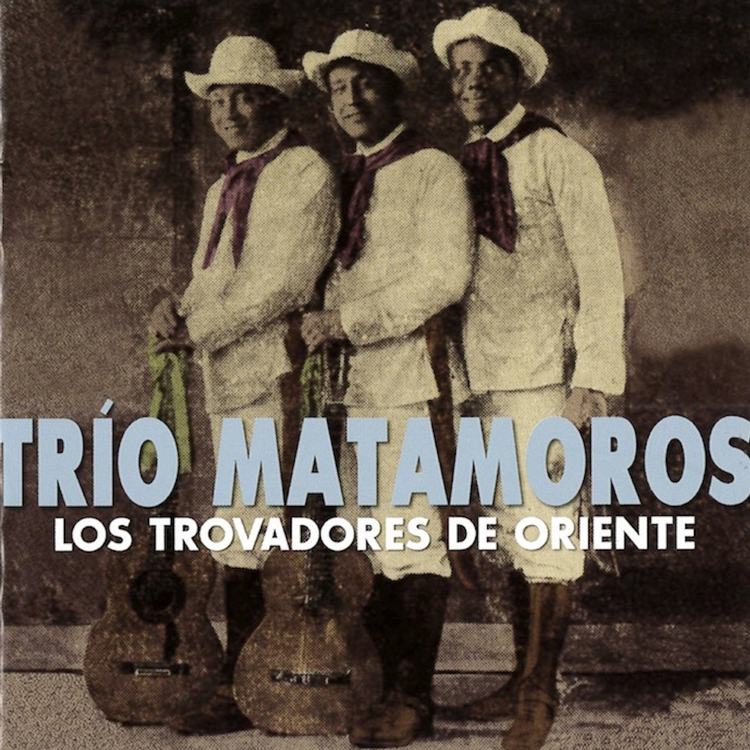Bolero is a sentimental genre of song that originated in eastern Cuba in the late 19th century as part of the trova tradition. Trovadores were the Cuban version of the Spanish trovadores. In Cuba, these wandering minstrels traveled throughout Cuba’s Oriente region, notably Santiago de Cuba, sustaining themselves through the art of serenading and strumming the guitar. This was a time-honored practice.
Cuban bolero incorporates elements from Spanish music as well as African influences. Notably, Cuban bolero is characterized by its sophisticated, poetic romantic lyrics, slow tempo, and guitar accompaniment. It has become a staple of the popular musical repertoire in many Hispanic American countries and Spain.
In terms of development, in the 1930s, the Cuban group Trio Matamoros popularized a lovely mix of bolero and son cubano, known as bolero-son. This fusion genre further solidified the popularity of bolero in Spanish-speaking America. Likewise, in Spain, Cuban bolero was incorporated into the copla repertoire.
Bolero has regional variations and scenes, with different Spanish-speaking countries and regions adding their own unique flavors to the genre.
Significantly, bolero has produced numerous notable songs and artists throughout its history. The first song of the genre, “Tristezas” by Jos Serrano, was composed in Santiago de Cuba in the late 19th century. Over the years, bolero has been performed by various artists and groups, including Trio Matamoros, who played a significant role in popularizing the genre. Meanwhile, Sylvia Rexach is one of the essential composers of boleros from Puerto Rico. In Mexico, Armando Manzanero became one of the most influential bolero songwriters.
Boleros are popular with various generations of Spanish-speakers and come in many forms. A good deal of salsa, Latin Jazz and tropical music artists perform the slower paced boleros as part of their repertoire.
Significant bolero songs include: “Cómo fue” and “Alma Mia” by Beny Moré (Cuba); “Las tres cosas” by Pedro Infante (Spain); “En mi viejo San Juan” by Javier Solís (Puerto Rico); “En la orilla del mar” by Bienvenido Granda (Cuba); “La barca” by José José (Mexico); “Piel canela” by Bobby Capó (Puerto Rico); “Vereda Tropical” by Los Panchos con Eydie Gormé (Mexico); “Amada mía” by Cheo Feliciano (Puerto Rico); “Dos Gardenias” by Buena Vista Social Club (Cuba); ”Perfidia” by Ibrahim Ferrer (Cuba); “Llanto De Luna” by Tito Rodríguez (Puerto Rico); “Contigo en la Distancia” by Olga Guillot (Cuba); “Si llego a besarte” by Omara Portuondo (Cuba); “Lágrimas Negras” by Celia Cruz (Cuba); and “Qué te pedí” by La Lupe (Cuba).
The great classic “Bésame Mucho,” composed by Consuelo Velázquez (Mexico), is possibly the best known bolero of all time, performed by Los Panchos (Mexico) and many other well known artists such as Frank Sinatra, Andrea Bocelli, Luis Miguel, Cesaria Evora, Vicente Fernández, and Thalía among others.


